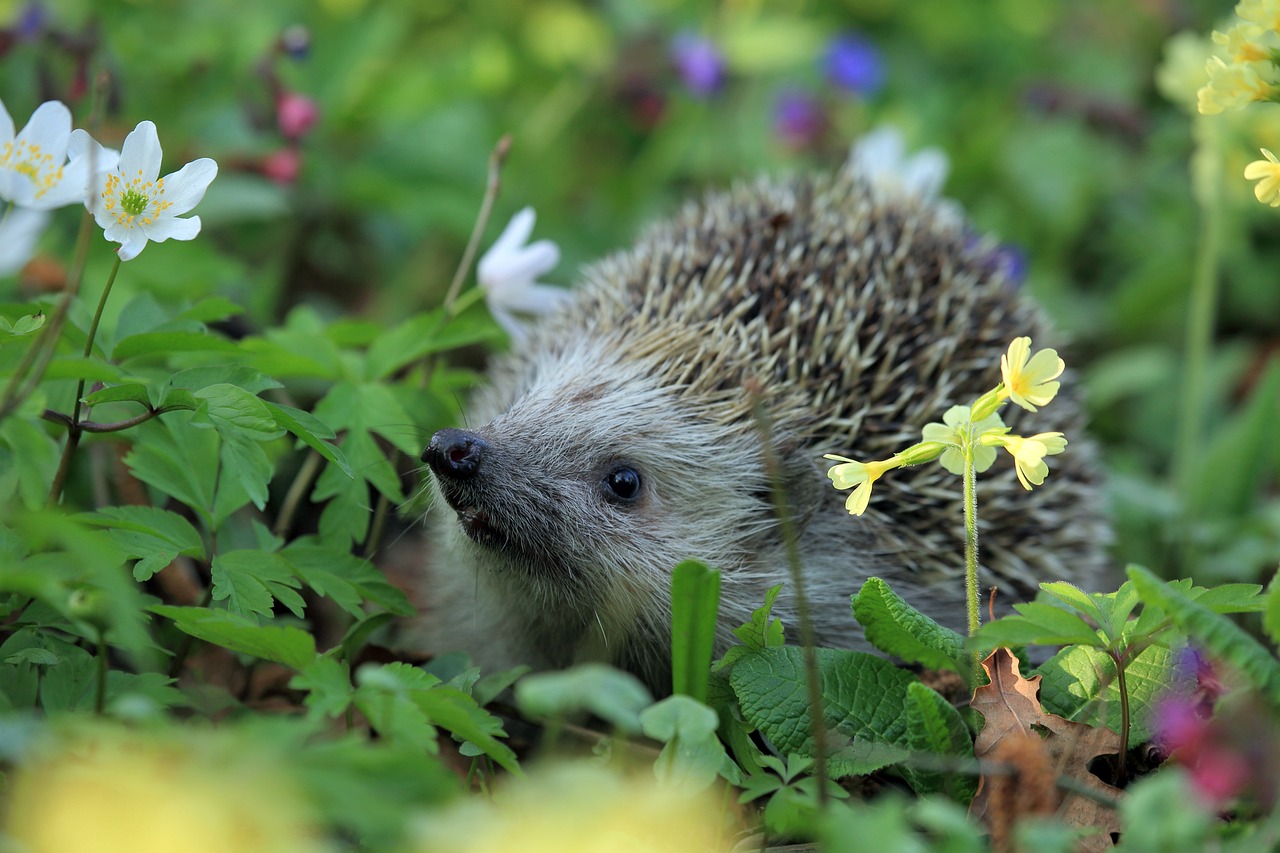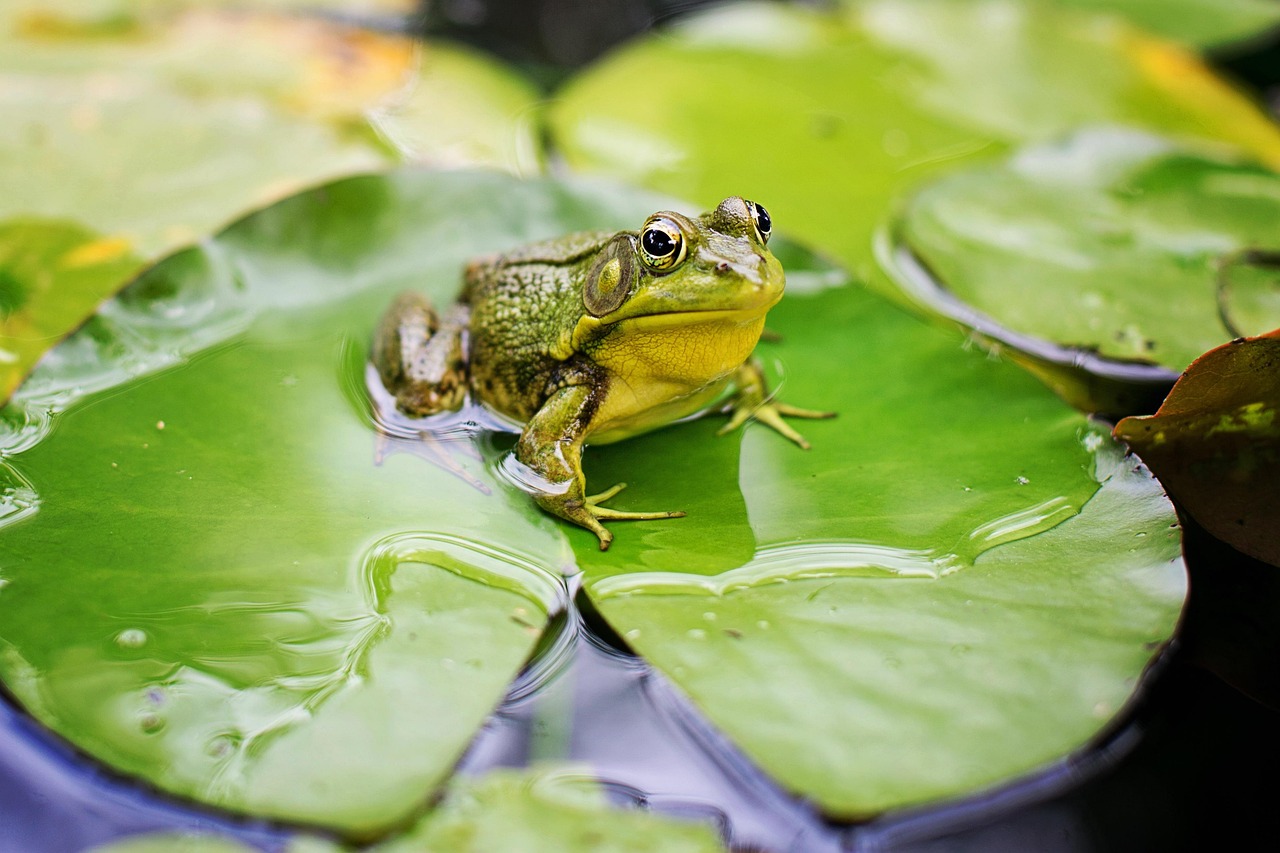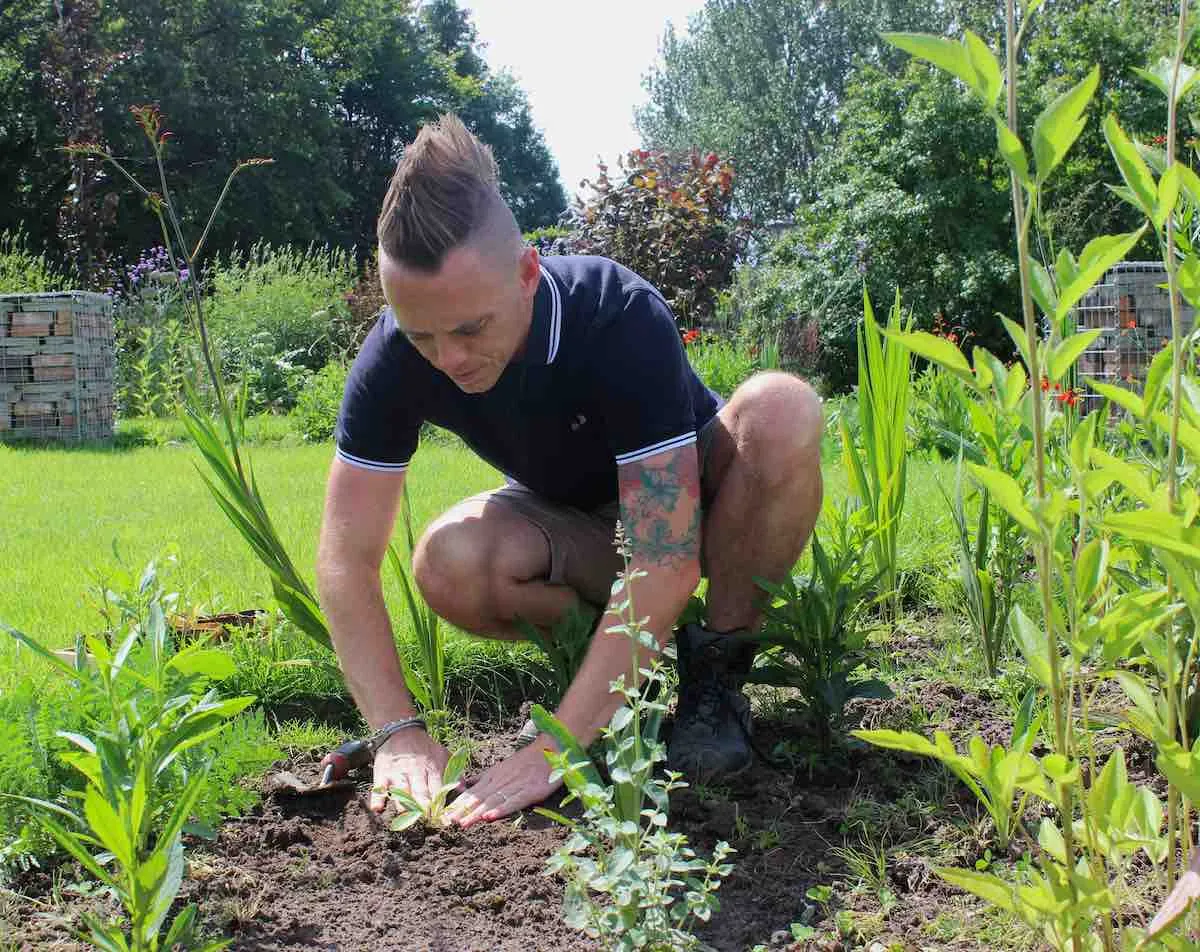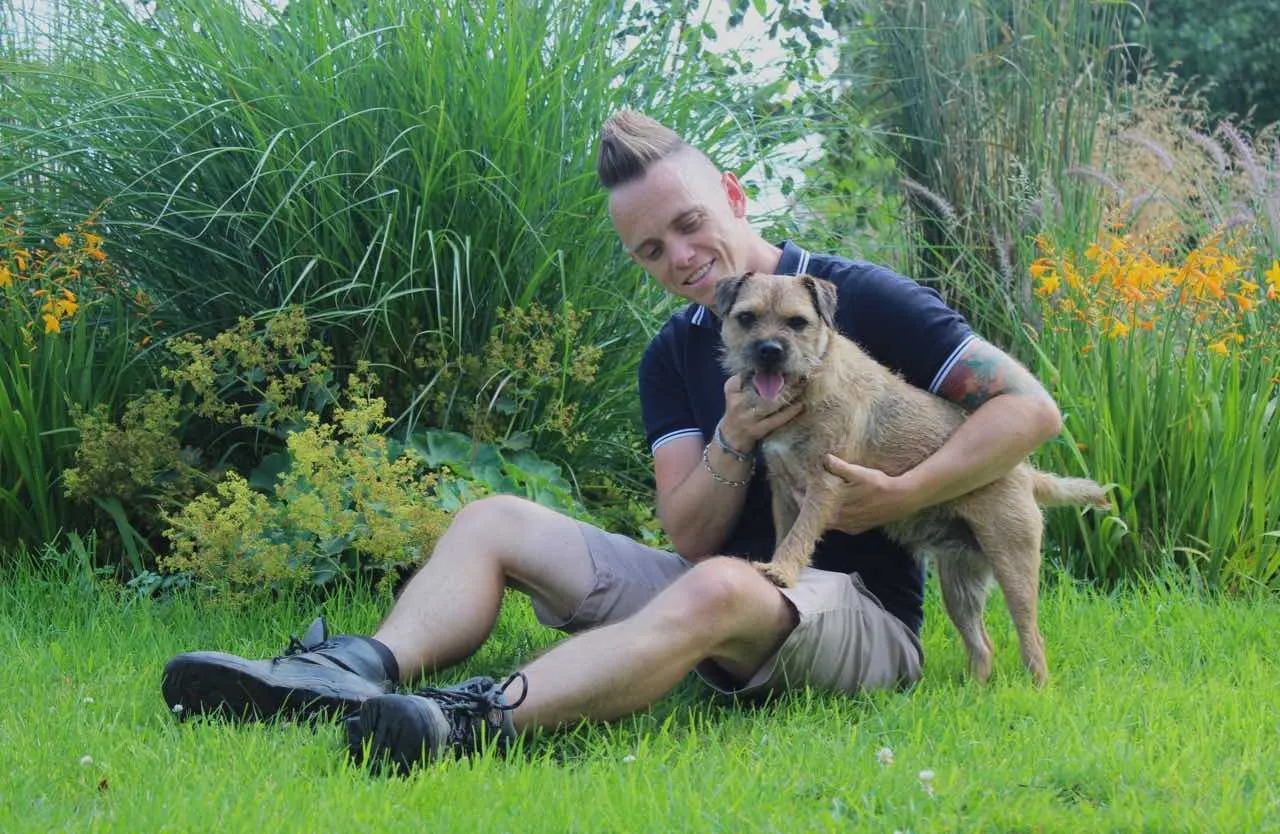Hi @ellis
Thanks for your comment, and how sad that one of our hedgehogs has drowned in your pond. We always garden with the best of intentions to encourage wildlife. Hedgehogs are a really important part of our garden wildlife to have.
The main problem with preformed ponds is that the edges are super slippy. Imagine trying to grab hold of these edges, it's impossible for hedgehogs or other mammals to get out. Even people's cats if they fall in. The rubber liner is far more accessible as their claws can get purchase on the edges.

The other issue with preformed ponds is that the drop into the marginal ring around the edge is too steep. In the wild ponds comes to a soft shoreline edge (usually) meaning there's a natural escape route for animals.
Here are some steps you can take to create a hedgehog-friendly pond:
-
Design pond with a shallow edge: Hedgehogs can swim but may struggle to climb out of deep-sided ponds. Design your pond with a gently sloping edge or provide a shallow area with a gradual entry point. This allows hedgehogs to easily enter and exit the water.
-
Incorporate escape routes: Hedgehogs can accidentally fall into ponds and may struggle to find their way out. Include escape routes, such as a gently sloping ramp or a pile of stones, at different locations around the pond. These escape options will provide hedgehogs with a way to climb out of the water if they fall in.
-
Avoid steep or slippery surfaces: Ensure that the edges of the pond, including any surrounding rocks or stepping stones, are not too steep or slippery. Hedgehogs need a surface with enough grip to climb out of the water. Use rough or textured materials to create a non-slip surface around the pond. This is the main problem with your pond.
-
Provide easy access to water: Hedgehogs need a source of fresh water, especially during dry periods. Consider providing a shallow water dish or a small birdbath near the pond to ensure hedgehogs have easy access to water without the risk of drowning. This means they won't venture to the pond in the first place.
-
Avoid harmful chemicals: Avoid using chemicals such as pesticides, herbicides, or algaecides near the pond. These substances can be toxic to hedgehogs if they come into contact with the water or drink from the pond. Opt for natural and organic alternatives to maintain the health of your pond without harming hedgehogs or other wildlife.
-
Create hedgehog-friendly habitat: Surround your pond with hedgehog-friendly habitat to encourage their presence. Provide sheltered areas nearby, such as log piles, dense vegetation, or hedgehog houses, where hedgehogs can find food, rest, and hide.
-
Check the pond before mowing: Hedgehogs may seek refuge in long grass or vegetation near the pond. Before mowing or using machinery, check the area carefully to ensure there are no hedgehogs or other wildlife present. This prevents accidental harm to these animals.
Remember that hedgehogs are nocturnal creatures, so it may be helpful to install outdoor lighting near the pond. This will allow you to observe hedgehogs and ensure their safety during nighttime visits to the pond.
Checkout my water feature guide here for more advice on pond design.
https://youtu.be/iztGt30W7SE
How to stop hedgehogs drowning in ponds:
What I would do is put a small ladder/ramp at one of the edges. Also, consider draping in some chicken wire over the edge; you can even grow a climber or creeping plant over it to disguise it. Just to give any animals a way out. This is the same for frogs. They will struggle to leave your pond without some rocks or a ramp near the edge too!

Hedgehogs are important for several reasons:
-
Pest control: Hedgehogs play a crucial role in controlling pest populations. They are natural predators of insects, slugs, snails, and other small invertebrates that can damage gardens and crops. By feeding on these pests, hedgehogs help maintain a balance in ecosystems and reduce the need for chemical pesticides.
-
Biodiversity: As hedgehogs forage for food, they help to aerate the soil and disperse seeds through their droppings. This activity contributes to the overall health and diversity of plant life in their habitats. By maintaining healthy ecosystems, hedgehogs support other wildlife species that rely on a diverse range of plants and insects.
-
Food chain: Hedgehogs occupy an important place in the food chain. They are prey for larger predators such as foxes, owls, and birds of prey. Their presence in an ecosystem provides a food source for these animals and contributes to the balance of predator-prey relationships.
-
Indicator species: Hedgehogs are considered indicator species, meaning their presence or absence can indicate the health of an ecosystem. Their sensitivity to changes in their environment, such as habitat loss, pollution, or lack of food, can serve as a warning sign of broader ecological issues. So helping them thrive is really important!
Hope that helps.
Lee
Hi @ellis
Thanks for your comment, and how sad that one of our hedgehogs has drowned in your pond. We always garden with the best of intentions to encourage wildlife. Hedgehogs are a really important part of our garden wildlife to have.
The main problem with preformed ponds is that the edges are super slippy. Imagine trying to grab hold of these edges, it's impossible for hedgehogs or other mammals to get out. Even people's cats if they fall in. The rubber liner is far more accessible as their claws can get purchase on the edges.

The other issue with preformed ponds is that the drop into the marginal ring around the edge is too steep. In the wild ponds comes to a soft shoreline edge (usually) meaning there's a natural escape route for animals.
Here are some steps you can take to create a hedgehog-friendly pond:
-
Design pond with a shallow edge: Hedgehogs can swim but may struggle to climb out of deep-sided ponds. Design your pond with a gently sloping edge or provide a shallow area with a gradual entry point. This allows hedgehogs to easily enter and exit the water.
-
Incorporate escape routes: Hedgehogs can accidentally fall into ponds and may struggle to find their way out. Include escape routes, such as a gently sloping ramp or a pile of stones, at different locations around the pond. These escape options will provide hedgehogs with a way to climb out of the water if they fall in.
-
Avoid steep or slippery surfaces: Ensure that the edges of the pond, including any surrounding rocks or stepping stones, are not too steep or slippery. Hedgehogs need a surface with enough grip to climb out of the water. Use rough or textured materials to create a non-slip surface around the pond. This is the main problem with your pond.
-
Provide easy access to water: Hedgehogs need a source of fresh water, especially during dry periods. Consider providing a shallow water dish or a small birdbath near the pond to ensure hedgehogs have easy access to water without the risk of drowning. This means they won't venture to the pond in the first place.
-
Avoid harmful chemicals: Avoid using chemicals such as pesticides, herbicides, or algaecides near the pond. These substances can be toxic to hedgehogs if they come into contact with the water or drink from the pond. Opt for natural and organic alternatives to maintain the health of your pond without harming hedgehogs or other wildlife.
-
Create hedgehog-friendly habitat: Surround your pond with hedgehog-friendly habitat to encourage their presence. Provide sheltered areas nearby, such as log piles, dense vegetation, or hedgehog houses, where hedgehogs can find food, rest, and hide.
-
Check the pond before mowing: Hedgehogs may seek refuge in long grass or vegetation near the pond. Before mowing or using machinery, check the area carefully to ensure there are no hedgehogs or other wildlife present. This prevents accidental harm to these animals.
Remember that hedgehogs are nocturnal creatures, so it may be helpful to install outdoor lighting near the pond. This will allow you to observe hedgehogs and ensure their safety during nighttime visits to the pond.
Checkout my water feature guide here for more advice on pond design.
How to stop hedgehogs drowning in ponds:
What I would do is put a small ladder/ramp at one of the edges. Also, consider draping in some chicken wire over the edge; you can even grow a climber or creeping plant over it to disguise it. Just to give any animals a way out. This is the same for frogs. They will struggle to leave your pond without some rocks or a ramp near the edge too!

Hedgehogs are important for several reasons:
-
Pest control: Hedgehogs play a crucial role in controlling pest populations. They are natural predators of insects, slugs, snails, and other small invertebrates that can damage gardens and crops. By feeding on these pests, hedgehogs help maintain a balance in ecosystems and reduce the need for chemical pesticides.
-
Biodiversity: As hedgehogs forage for food, they help to aerate the soil and disperse seeds through their droppings. This activity contributes to the overall health and diversity of plant life in their habitats. By maintaining healthy ecosystems, hedgehogs support other wildlife species that rely on a diverse range of plants and insects.
-
Food chain: Hedgehogs occupy an important place in the food chain. They are prey for larger predators such as foxes, owls, and birds of prey. Their presence in an ecosystem provides a food source for these animals and contributes to the balance of predator-prey relationships.
-
Indicator species: Hedgehogs are considered indicator species, meaning their presence or absence can indicate the health of an ecosystem. Their sensitivity to changes in their environment, such as habitat loss, pollution, or lack of food, can serve as a warning sign of broader ecological issues. So helping them thrive is really important!
Hope that helps.
Lee
 Lee Burkhill: Award Winning Designer & BBC 1's Garden Rescue Presenters Official Blog
Lee Burkhill: Award Winning Designer & BBC 1's Garden Rescue Presenters Official Blog



